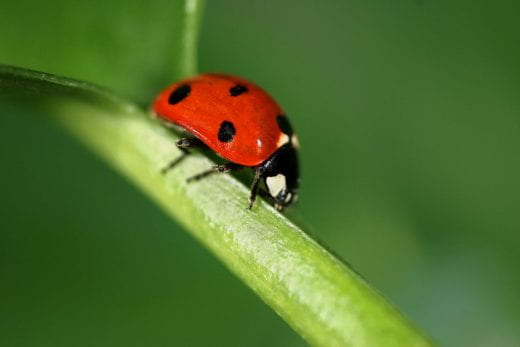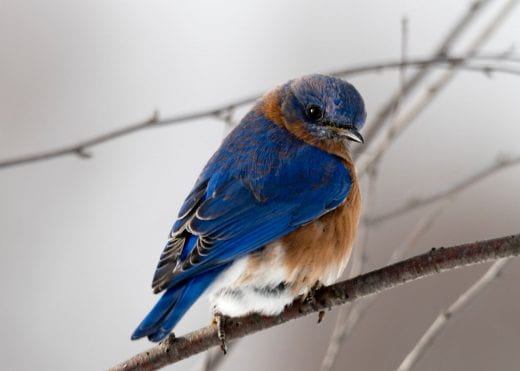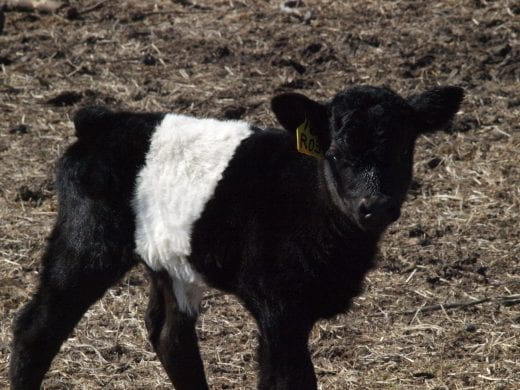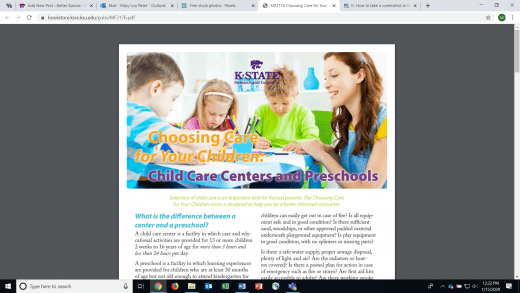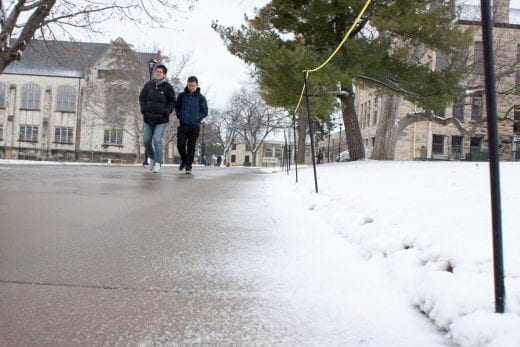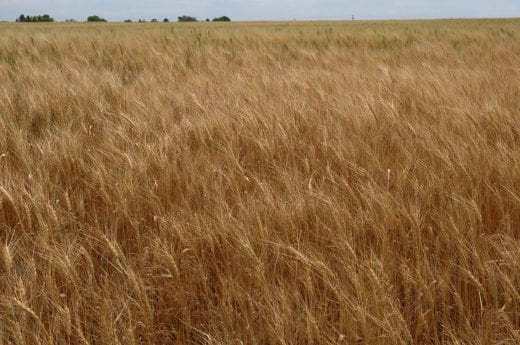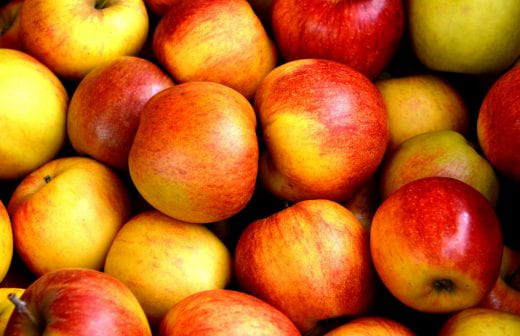 Welcome to Better Kansas, where every Thursday we shed light on events, resources and other information designed to make your life, businesses, communities and state better. This is a small glimpse of what K-State Research and Extension across the state has to offer. Share on social media and subscribe! – Mary Lou Peter mlpeter@ksu.edu
Welcome to Better Kansas, where every Thursday we shed light on events, resources and other information designed to make your life, businesses, communities and state better. This is a small glimpse of what K-State Research and Extension across the state has to offer. Share on social media and subscribe! – Mary Lou Peter mlpeter@ksu.edu
Better Living, Better Communities
 WHEN A BAND OF ENTERPRISING PEOPLE GET TOGETHER TO LOOK OUT FOR OTHERS, good things happen and that’s how the Check Your Credit program was launched this month. Signup is free for the educational program designed to remind us how, when and why checking our credit reports for accuracy is so important. Really, who has time to contact the three credit reporting agencies to ask them for a copy of what they have on us? It’s easy to let this slide, but when we least expect it, we’ll be reminded why we should. Errors on a report can result in a lender charging a higher interest rate or denying credit altogether. Read more about the new program. Oh, and that band of people? They’re members of the Family Resource Management Program Focus Team (or PFT in extension lingo), a group of extension agents and specialists across the state who provide financial education to individuals and families through presentations, written articles, fact sheets, webinars and more. Wish I’d known about such people and their good work a long time ago!
WHEN A BAND OF ENTERPRISING PEOPLE GET TOGETHER TO LOOK OUT FOR OTHERS, good things happen and that’s how the Check Your Credit program was launched this month. Signup is free for the educational program designed to remind us how, when and why checking our credit reports for accuracy is so important. Really, who has time to contact the three credit reporting agencies to ask them for a copy of what they have on us? It’s easy to let this slide, but when we least expect it, we’ll be reminded why we should. Errors on a report can result in a lender charging a higher interest rate or denying credit altogether. Read more about the new program. Oh, and that band of people? They’re members of the Family Resource Management Program Focus Team (or PFT in extension lingo), a group of extension agents and specialists across the state who provide financial education to individuals and families through presentations, written articles, fact sheets, webinars and more. Wish I’d known about such people and their good work a long time ago!
KIDS, BUGS AND ART: A GREAT COMBINATION! PUT THEM ALL TOGETHER and you get a cool Youth Art Insect Contest! Winning entries will be featured in a deck of cards (think “Old Maid”-type card game) and distributed to Kansas schools. I love this idea! What a great way to teach kids about our natural world. It reminds me of a visit to a friend in Massachusetts long ago, when my friend’s young son gave me a carefully crafted bug picture as a going-away gift. That sweet little guy had taken dead bugs from his collection and taped them to a piece of paper. I guarded that “picture” all the way back to the Midwest. Hey, dead bugs are fragile! Crispy bugs may not work well for this contest but we have some very creative kids in Kansas who will come up with some great insect artwork. Enter now! The deadline is April 3, 2020.
Better Farming, Ranching and Gardening
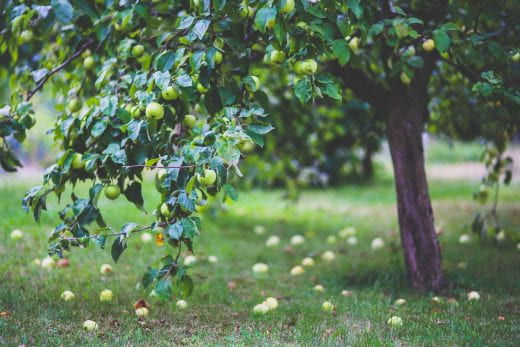 LADIES AND GENTLEMEN, START YOUR PRUNING! If you’re lucky enough to have apple or pear trees on your property, the best time to prune them is almost upon us. That would be late winter (especially in southern Kansas) or early spring. That gives you a little time to make sure you have your pruning shears and saws, loppers and pole pruners clean, sharpened and ready to go. It will be nice to get outdoors and do something! Check out a Pruning Apple and Pear Trees factsheet for more specifics plus pictures.
LADIES AND GENTLEMEN, START YOUR PRUNING! If you’re lucky enough to have apple or pear trees on your property, the best time to prune them is almost upon us. That would be late winter (especially in southern Kansas) or early spring. That gives you a little time to make sure you have your pruning shears and saws, loppers and pole pruners clean, sharpened and ready to go. It will be nice to get outdoors and do something! Check out a Pruning Apple and Pear Trees factsheet for more specifics plus pictures.
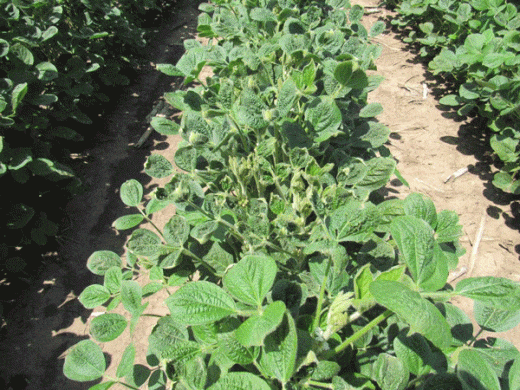 HAVE YOU EVER PUZZLED OVER A BROWN SPOT IN YOUR LAWN? LEAVES DROPPING FROM TREES? TROUBLING SYMPTOMS IN YOUR CROP? Help is just a phone call or visit to your local extension office away. Extension agents can help you through the process of taking samples and sending them off to K-State’s Extension Plant Pathology Lab, which processes more than 1,000 samples a year as they work to determine the source of the problem – the first step in getting your lawn or farm back to health.
HAVE YOU EVER PUZZLED OVER A BROWN SPOT IN YOUR LAWN? LEAVES DROPPING FROM TREES? TROUBLING SYMPTOMS IN YOUR CROP? Help is just a phone call or visit to your local extension office away. Extension agents can help you through the process of taking samples and sending them off to K-State’s Extension Plant Pathology Lab, which processes more than 1,000 samples a year as they work to determine the source of the problem – the first step in getting your lawn or farm back to health.
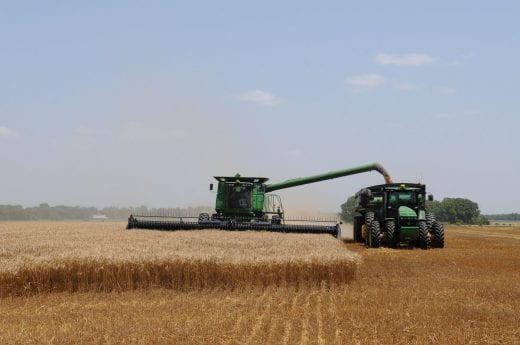 KANSAS AGRICULTURAL MEDIATION SERVICES HAS A NEW LEADER! The organization dedicated to helping ag producers work through financial challenges they may have with lenders has named Erin Strathe as its new staff attorney. Strathe succeeds Forrest Buhler, who led KAMS for 32 years. Buhler retired Jan. 31. KAMS was born of the 1980s farm crisis and since then has worked along with the Farm Analyst Program and others to help thousands of farmers, ranchers and creditors confidentially work through challenging circumstances. More information about KAMS and the transition is available in a news article and on the KAMS website. Or call 1-800-321-3276.
KANSAS AGRICULTURAL MEDIATION SERVICES HAS A NEW LEADER! The organization dedicated to helping ag producers work through financial challenges they may have with lenders has named Erin Strathe as its new staff attorney. Strathe succeeds Forrest Buhler, who led KAMS for 32 years. Buhler retired Jan. 31. KAMS was born of the 1980s farm crisis and since then has worked along with the Farm Analyst Program and others to help thousands of farmers, ranchers and creditors confidentially work through challenging circumstances. More information about KAMS and the transition is available in a news article and on the KAMS website. Or call 1-800-321-3276.
_
For more resources and activities, contact the K-State Research and Extension office in your area. Check out our other blogs and subscribe to our weekly emails here: https://www.ksre.k-state.edu/news/blogs/
